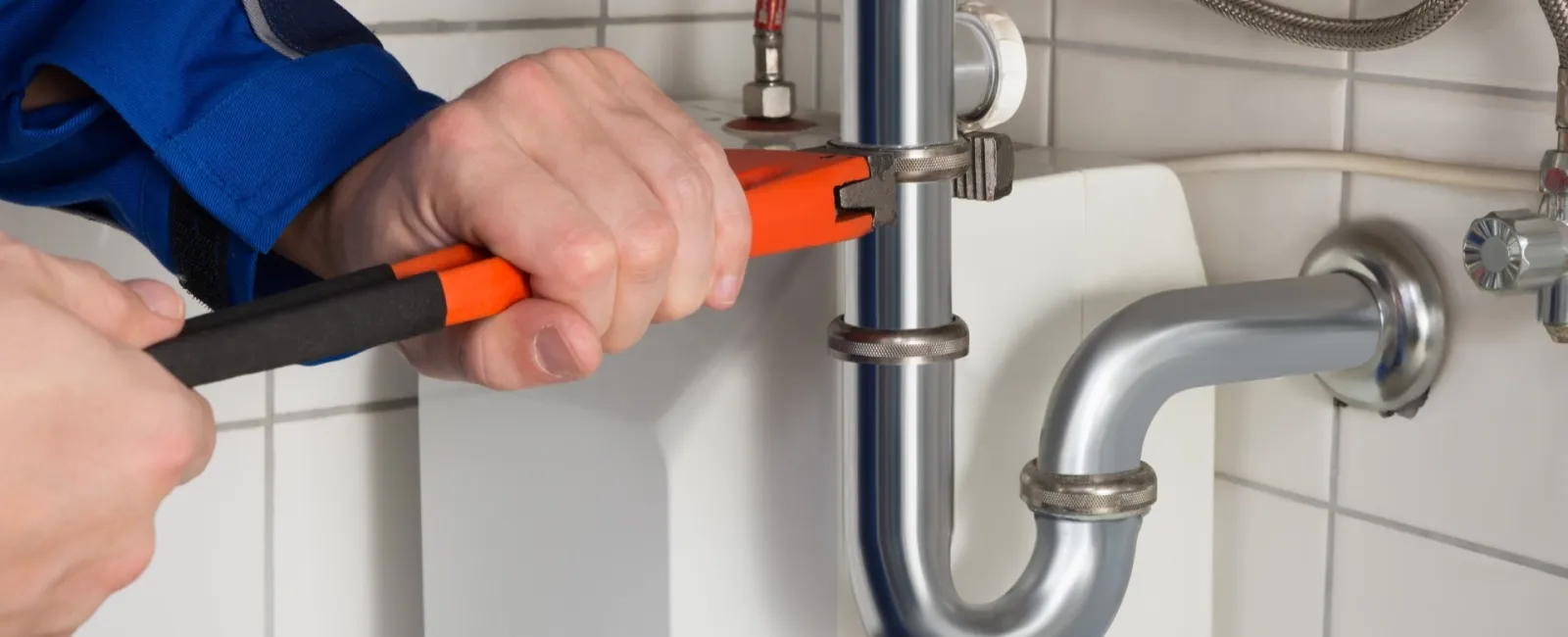While there's never a good time to have problems with your home's water heater, winter is certainly the worst time to lose hot water. Fortunately, water heater troubleshooting doesn't require a great deal of plumbing expertise.
Here are five simple steps to help you decide whether you need to call a professional plumber.
1. The basics
The most basic do-it-yourself check for an electric water heater is confirming the electrical breaker is on. If you have young children or family members who sometimes meddle with home equipment, they may have turned the breaker off. Once you've turned it on again, it will take several minutes for hot water to return.
Gas water heaters need the pilot light to be lit in order to operate properly. Newer heaters with automatic lighting won't present this problem, but older models require manual lighting. Because you are dealing with gas and an open flame, proceed with extreme caution and follow system instructions to the letter, or call for professional help.
2. Check the thermostat
To check an electric heater's thermostat, you'll have to take out the side panel to gauge the temperature. High-voltage wiring is present in this area, so proceed carefully. The thermostat should read at least 120° F.
A gas water heater's thermostat is easier to check. Make sure the mark is also at 120° F before continuing with your troubleshooting.
3. Take stock of the dip tube
The dip tube — a pipe connected to the top of most water heaters — forces cold water to the bottom of the tank and hot water to your shower. When a dip tube breaks, hot water is in short supply. This water heater troubleshooting step is complex because it may require a look inside the tank. If you know the dip tube is broken, you've probably solved the problem plaguing your heater.
4. Identify any leaks
A leaking water heater presents multiple problems. First, you will experience a shortage of hot water when you are trying to enjoy a shower. Second, leaks can damage your home's foundation, depending on the location of the heater and the amount of water that has escaped. Contact a professional plumber immediately to address this problem.
5. Check water heater elements
An element tester can confirm whether current is running through the elements of your water heater. Only perform this test if you are comfortable handling electrical equipment. Turn off the power and wait for the water to cool. Then remove the access panel and disconnect the wires holding the terminals in place. Connecting the element tester's red lead to one terminal and the black lead to the other, you can see whether current is flowing. No movement on the tester or readings of zero indicate there is no current.
Homeowners in the Atlanta area and beyond often are baffled when it comes to water heater problems. If you're in this position, contact RooterPLUS! to handle the job both quickly and affordably.
Image source: Wikimedia Commons
